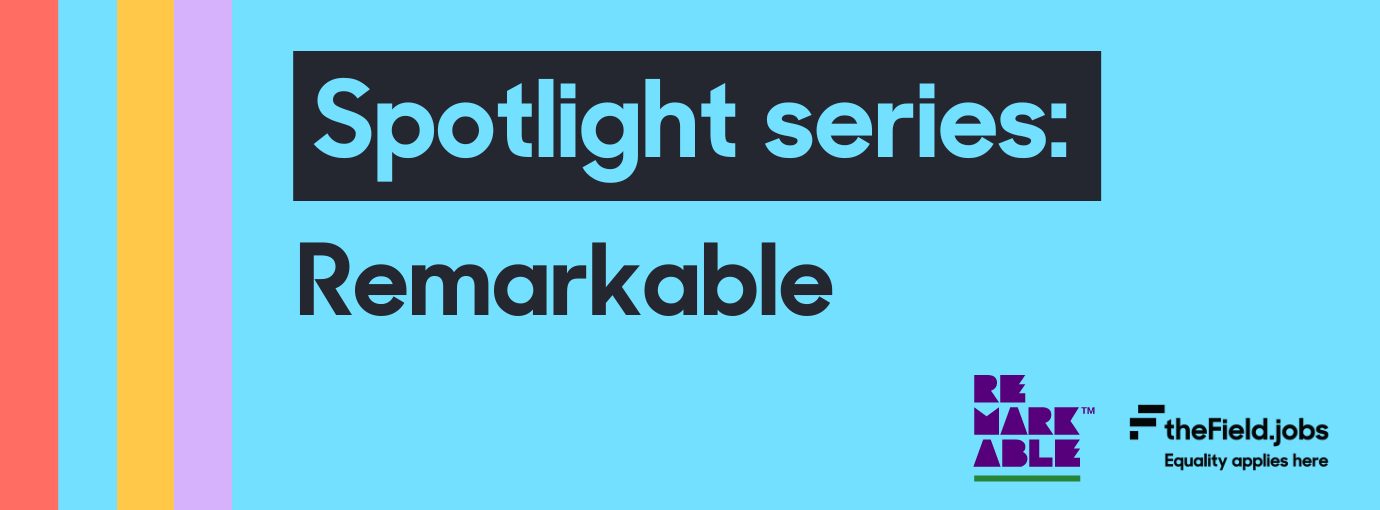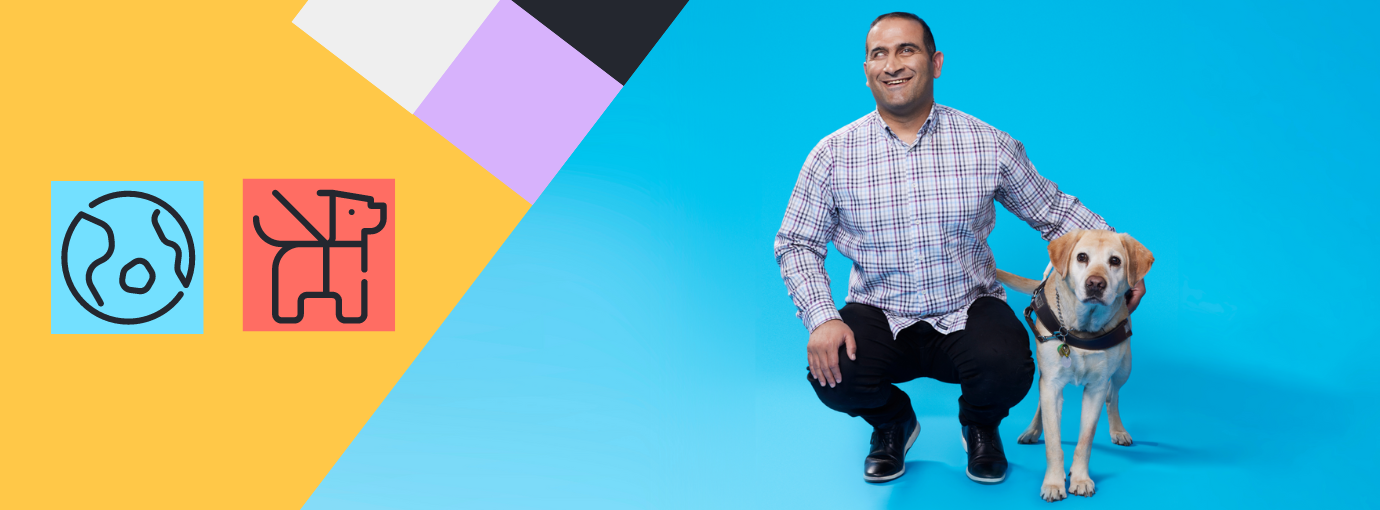Hiring a diverse workforce has been proven to help increase creativity and innovation. If you’re ready to diversify your workplace and make it more disability-inclusive, here are 5 tips that will help you on your way!
Accessibility
There’s nothing worse than sitting in a long meeting. But what if you can’t even get to a meeting, you didn’t understand what people are talking about, or were too stressed trying to take notes that it’s all you could focus on? Making small changes can ensure that your meetings and workplace are accessible for everyone.
Before the meeting even starts, ask if the team has any accessibility needs or preferences. Sending out meeting slides or notes beforehand not only allows people to absorb the information in their own time, but also to come to the meeting prepared, which is a win-win for everyone! Alt Text should be added to images so that people who are blind or have low vision know what an image is and the context that it gives. It can be added to images by right clicking on the image and choosing “add Alt Text” or if you’re using an online program, it can be found in advanced settings. Ensure that slides are also easy to read by having a high contrast between the text and background as well as using basic font.
During an online meeting, have the ability for the meeting to be recorded or, if it’s in person, ask the attendees if they’d like to use a voice recorder. Platforms like Zoom also have closed caption settings, so make sure you have these turned on.
After a meeting, send out the meeting minutes with the same accessibility features that you used for your pre-meeting notes. You can also check in to make sure that everyone understood what was discussed and whether they need further clarifications or notes.
Quiet Spaces
Have you ever been working on a project in a loud area and thought to yourself “I need 5 minutes to think?”. Well, this is what it’s like for some people with neurodiverse disability.
Having a quiet space that is free from distractions not only makes your workplace more inclusive for people who are neurodiverse, but they’re great for everyone! Quiet spaces are proven to help reduce stress and increase concentration, leading to higher productivity levels in your team.
Having this space in the broader office helps to create a greater sense of community, but don’t worry, the space doesn’t have to be big. It can be created in a quieter area of the office and may include features such as dim lighting, reduced noise and soft furnishings such as pillows and bean bags. If you feel that the space is still too noisy, offering noise cancelling headphones may be an option for your business.
Flexible working conditions
Working from home in your comfortable clothes? Yes please! One of the best things to come out of lockdown for people with disability was the ability to work from home and have flexible working conditions.
Flexible working conditions are a win-win for people with disability and employers. When given flexibility, people with disability have more energy to spend on work tasks, instead of spending this energy getting to and from the workplace. They can also work in an environment which is set up for their specific needs. For employers, flexible working conditions have led to higher productivity levels, retention levels and lower staff turnover.
Flexible working conditions may involve splitting a person’s work hours over two days instead of one, or working in the morning and not the afternoon. The best way to find out what works for you and your employee is to start a conversation and go from there.
Include everyone in conversations/activities
Remember at school when kids used to pick teams and you were the last one standing? Well, when people with disability aren’t included in conversations and activities, even when it’s unintentional, this is what it can feel like.
At its core, an inclusive workplace is where everyone is included. If you’re not sure how to include someone, then the best policy is to ask the person. This will help them be included in whatever activities your workplace takes part in, and it can open up a conversation with the person about their needs and preferences.
Some small steps you can also take include making sure that everyone has a chance to speak during meetings, ensuring everyone is invited to social events and that events are held at accessible venues.

Celebrate Diversity And Inclusion In The Workplace
Any excuse for a morning tea or lunch at the office is a good excuse in our books! Celebrating diversity and inclusion of all kinds in the workplace is a great way for everyone to be included.
For example, your business could have a multicultural lunch day or invite a guest speaker for International Day of People with Disability. Team events like these are an opportunity to celebrate diversity and inclusion, and to better inform your workplace.
Now that you have a few ways to make your workplace more accessible, start hiring people with disability via the Field today!
Check out some of our other blogs for some more tips:




